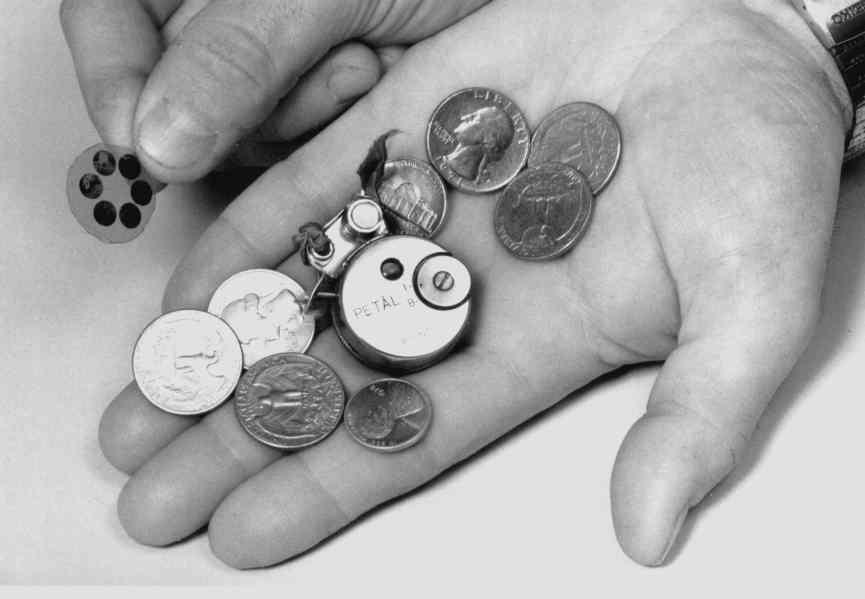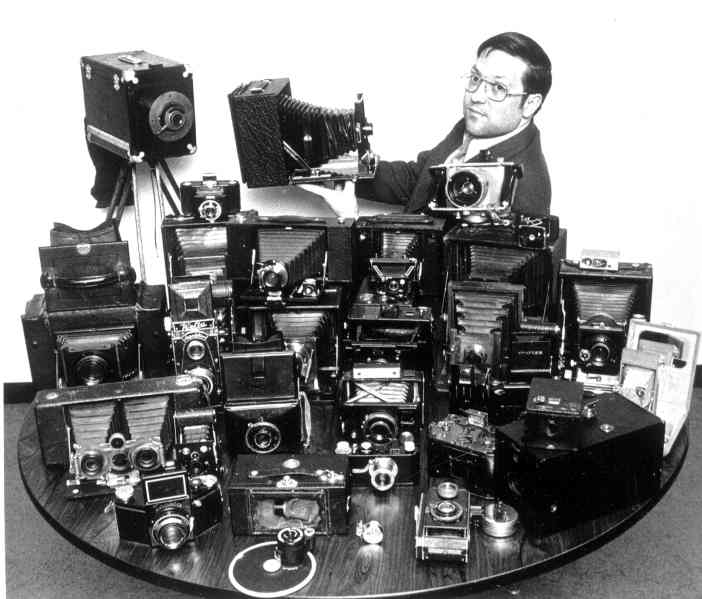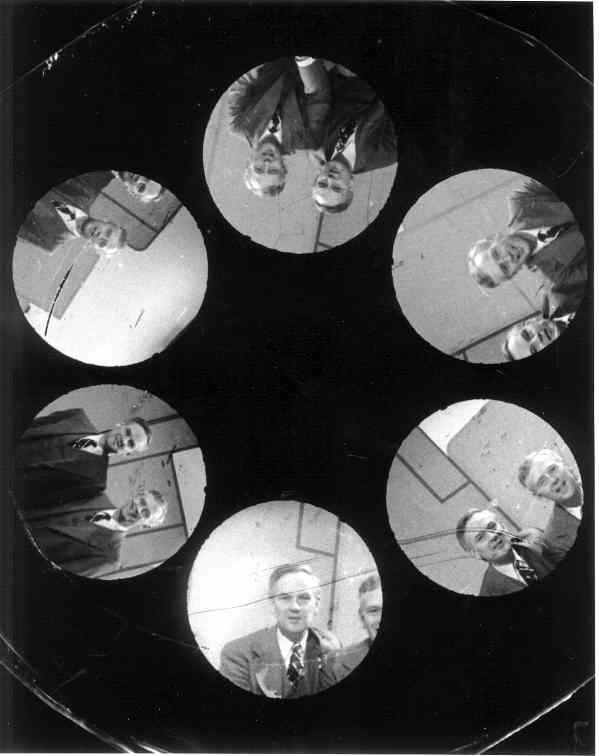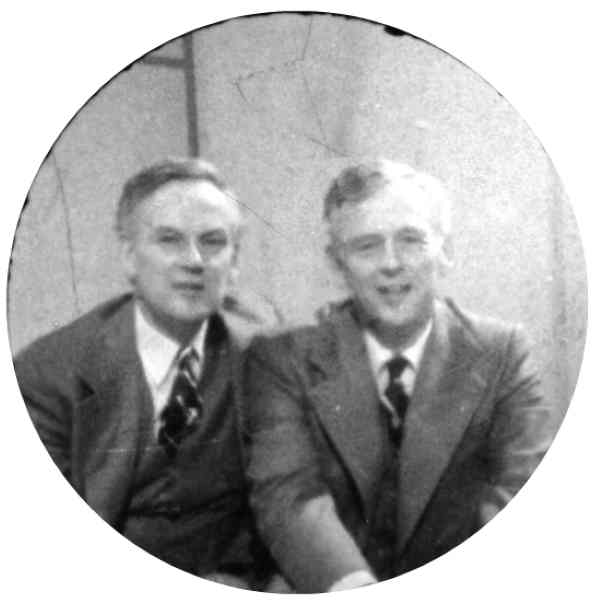
How I Found My Petal Camera
and How It Broke the Record for The World's Smallest
Camera
By Ted Rosenberg
As a teenager, living in New York City, I'd often travel to Manhattan on weekends and window shop in the camera district, an area just south of 34th Street and Herald Square, the famous site of Macy's department store. One Saturday, after looking in the windows of several photo stores and day-dreaming about cameras I could not afford, I walked north, along Broadway to the Times Square area. I glanced in the windows of the "tourist trap" stores, small shops whose windows were filled with "high tech" products of the day. All were sold at inflated prices typically to visitors to the big city. Toward the front of the window of one store a very special camera caught my attention.
I had recently read a story about tiny cameras from post-war Japan in Life magazine. In that article, the author praised a really tiny camera and that camera was right in front of me — a Petal camera, complete with leather case and balsawood box. It was a bright, highly polished chrome circular device with a minuscule lens on the flat front. On top, near what I thought was the shutter release, was a small, red ribbon tied through a small hole. The best part was that the camera outfit was on sale for less than $5. Even I could afford that. I went in and bought it.
I couldn't wait to start taking photos with the camera. As soon as I got back to my apartment in the Bronx, I took a small box of 2 1/4 x 3 1/4 black & white sheet film into a light-tight walk-in closet that also served as my darkroom. In red light, as not all film was panchromatic back then, I carefully sandwiched a piece of film between two worn quarters and a small C-clamp. Then I trimmed the film around the sandwich using a razor blade. Next, I unscrewed the two part brass film magazine and placed the crudely cut disk into the back part of the magzine. I assembled the front and back of the magazine and positioned it in the back of the camera body.
I went outside and quickly snapped 6 pictures of anything and everything…friends, cars, my apartment house and anything else that struck my fancy. Later that night, I developed the film and, to my amazement, found 6 perfectly exposed 1/4-inch diameter negative images arranged in a circle along the circumference of the film disk.

Over the next few weeks I used the camera occasionally. But soon the the nuisance of cutting, loading and processing took their toll and the camera was shelved.
____________________________
In 1974, as Customer Relations Manager for Minolta Camera Corp. in Ramsey, NJ, I was directly responsible for starting the Minolta Museum of Photography. As a public relations and advertising promotion, the Company began an in-house camera collection built around a core of Minolta cameras dating back to 1928. Just prior to that time I had started my own camera collection, specializing in pre-1900 wooden plate cameras. However, my Petal was still a very valued part of my home collection. To spread the word about the Minolta collection, newspaper stories often featuring photos of me surrounded by some of the company's camera acquisitions, were released nationally. I was becoming the defacto company expert on old cameras and photo collectibles. So, when the phone rang one day during October 1974, I wasn't too surprised to hear a woman, speaking with a very proper British accent, casually ask me if I knew what the world's smallest camera might be.

Without much hesitation, I told her that I thought the Petal camera might qualify as the smallest. Mentally I had ruled out the Minox, the Tessina and several other subminiature cameras that were available, even the popular line of Minolta 16 cameras. I even discounted the Sakura, an octagon shaped cousin of the Petal. The shape of the Sakura made it ever so slightly larger than the perfectly round Petal. The Petal was about the same diameter as a 25 cent piece and about 3/4 of an inch thick. This impressed the caller who then identified herself as a representative of the US branch of the Guinness Book of World Records. She was calling from their offices on Fifth Avenue in New York City. She then asked if I could obtain a Petal. I replied that while I personally owned one, the company did not. She replied that the Guinness people would like to borrow mine. I was curious why. She definitely had my attention.
So I asked why they would want to borrow my Petal. She replied that it would appear on the November 6th edition of The Record Breakers Show in London which would be videotaped and then broadcast on BBC 1, December 3, 1974. She assured me several times that I would definitely get it the camera back. I thought it over for about 30 seconds and finally I agreed to her proposal. I brought the camera, the leather case, the film magazine and its balsawood box to the office the next day. Then on November 8, a courier from the Guinness folks arrived at my office. I also included a photocopy of the original tissue paper instruction sheet.
As soon as the courier had left with my Petal, I typed a letter to John Battison, manager of the distribution company for Japanese cameras (including Minolta) in Great Britain. I had made his aquaintance at the photo dealer's camera show in 1973. I related the details of the call from the Guinness people and their plans for the camera. I asked John if he could make arrangements to take movies of the show from a television set using the new Minolta XL-400 low-light Super 8 camera and also make a cassette recording of the audio portion of the broadcast. At that time, amateur sound cameras and home video taping were about 3 years in the future.
Days and weeks passed without a reply from John. Then several months after the show had taken already taken place, I received a letter from him dated February 5. He related that he had entrusted the job to a member of his advertising agency and that both the filming and the audio recording had been a success. The film and cassette were being sent to me under separate cover. In the meantime, I received a letter dated January 23, 1975, from Alan Russell, the producer of The Record Breakers Show, in which I was given the details of the TV debut of my Petal. Russell typed that the host of the show, Roy Castle, demonstrated how the camera worked and then revealed a mounted print from a Petal negative on stage, almost 6 feet in diameter, which showed six photos of Ross and Norris McWhirter, the editors of the Guinness book.

Mr. Russel also mentioned that the camera was on the way back to me. In addition, he enclosed two 35mm slides. One showed Roy Castle holding the Petal and the other depicted Castle taking a photo with the camera. Shortly after receiving this letter and the slides, the camera itself arrived in safe condition. I checked it over carefully. When I removed and opened the film magazine, I found the negative that made the giant print featured on the television show. I guessed that the show staff had apparently put it back into the magazine for safe keeping.
Later that year, the 1975 edition of the Guinness Book of World Records was finally published. While my name was not mentioned (and I was somewhat disappointed but understanding), the entry was much more than just "the Petal camera." Next to the boldface heading "The Smallest Camera (other than specialized medical instruments)", the text read "on December 3, 1974, on the Record Breakers programme, the Petal camera set the new record as the world's smallest camera." I now possessed the camera that officially set the new record.
Ironically, I possibly had the last photograph taken of Ross and Norris McWhirter together, for on November 27, 1975, a member of the IRA knocked on Ross McWhirter's residence door and when McWhirter himself opened the door, the terrorist shot him dead.

COPYRIGHT @ 1995, 1996, 1997, 1998, 1999, 2000, 2001, 2002, 2003, 2004, 2005 by Joe McGloin. All Rights Reserved.